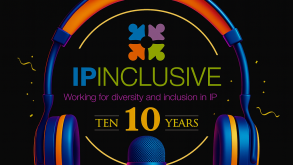At the time, he said, “Dallas was down”: buildings were empty and times were hard. But Jones had made money—lots of money—in oil and gas and had a lifelong love of football. It was while on a fishing trip in Mexico, suffering from “a tequila-induced hangover” that he picked up the phone and offered to buy the franchise.
Thus began a process that would lead to three Super Bowl victories, a colossal marketing program, the building of the most impressive (and expensive) sports stadium and the creation of the second most valuable sports brand in the world (behind Manchester United of the English Premier League).
Yesterday Jones recounted some of the battles on the way, in an interview with sports broadcaster Brian Estridge. He said he realized early on the potential of the Cowboys to exploit their brand and sell sponsorship, but this brought him into direct conflict with the NFL over who had the rights to market trademarks and logos. The NFL sued him for US$300 million. He counter sued for $700 million (“I thought the publicity alone would be worth the fight”). The result was a settlement that said every NFL team gets to use its own brands, but the NFL controls the Super Bowl logo and the cumulative brand.
That led to a boom in sponsorship, memorabilia sales and TV earnings for the Cowboys in the past 20 years. “We use all this visibility, interest and passion and bottle it up,” said Jones, who also stressed the role that trademark law has played in securing protection for the franchise’s name and logos, as well as its nickname—America’s Team.
The future will see technological change, and perhaps the acquisition of a brand that would go on the stadium, said Jones: “If a name’s going to go on the stadium, you should own that company.” But he insisted that whatever changes come, one thing will stay the same: “We’re going to be in the branding business.”









